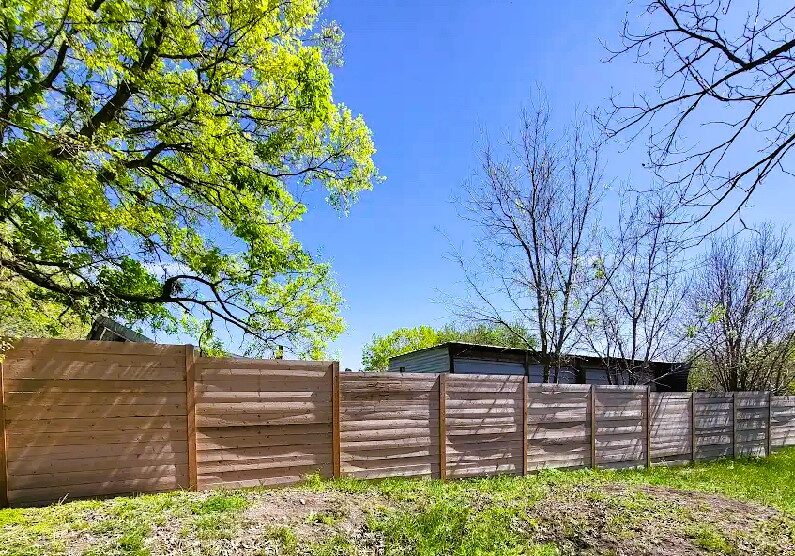
How To Avoid Wood Warping
Moisture Content 101
Wood swells and shrinks due to the relationship between the relative humidity in the air and the wood’s moisture content. Wood with high moisture content shrinks when it dries until it reaches a balance with the air’s relative humidity. Meanwhile, wood with low moisture content absorbs moisture from the surrounding air and swells until it reaches a balance.
This balance is often referred to as the equilibrium moisture content, or EMC, and this moisture content relationship can help predict how certain wood will react to particular climate conditions as it adjusts.
While all wood reaches EMC eventually, the adjustment process can take quite a while. In some instances, it can take days, weeks, or even months. There are several factors that affect how long it takes wood to reach its EMC, such as:
- Size – Thicker pieces of wood take longer to absorb or release moisture.
- Grain – End grain takes less time to reach EMC than other grain orientations.
- Coating – Wood that’s coated with paint, stain, or sealer takes longer to reach EMC.
- Air Temperature – Warmer air helps wood reach EMC sooner.
Any wood you buy at the hardware store or have installed as fencing for your property should already have undergone this curing process and reached its EMC.
Best Wood Species for Warp Resistance
Some types of wood are less likely to become warped than others, including:
- Cedar – Cedar is an incredibly dense wood species and is naturally resistant to cracking due to moisture changes.
- Redwood – In addition to having a relatively straight grain pattern, redwood also has a natural chemical that prevents moisture absorption and swelling.
- Fir – Once it reaches EMC and is cured, fir is extremely stable and will experience little to no warping or shrinking.
Five Ways to Prevent Wood Warping
Other than picking the right kind of lumber for your Austin fencing or home improvement project, there are a handful of ways to prevent warping from taking place.
Stain and paint act as a layer and restrict moisture absorption. Therefore, if you’re trying to prevent warping fence or deck boards, keeping it stained or painted is a must.
- Know Your Lumber
Wood with straight grain patterns is less likely to warp as it reaches its EMC, regardless of its species. Wood cut from the center of the tree is also typically more stable and resistant to shrinking and warping.
Wood warping can also be affected by the techniques used to saw and process the lumber. For example, a flat-sawn board will rarely experience crooking, and a quarter-sawn board with symmetrical growth rings will shrink evenly and resist “cup” warping.
- Store It the Right Way
The stacking and storage of lumber can also play a major role in how it will adjust to EMC. To avoid swelling and shrinking, boards should be stacked uniformly according to thickness. The stickers placed between the boards should also be vertically aligned and lying flat.
Lumber piles should also be placed on flat ground. Sometimes, cupping can be prevented by stacking weights on top of stacked lumber. However, wood needs to be ventilated properly, so lumber should be spaced to allow all surfaces to have some sort of air exposure.
Most importantly, lumber should be stored in a shaded, cool, and dry environment. When stored somewhere with humidity above 80 percent, it should be wrapped to keep out any and all air vapor. This will keep the wood from absorbing too much ambient moisture and warping.
- Ensure It’s Dried and Cured Properly
While drying and curing wood won’t necessarily eliminate crooking, it plays an important role in minimizing other types of warping. Kiln drying is a popular technique, but the wood will still acclimate to the relative humidity of the surrounding air. In terms of drying and curing lumber, other tips to prevent warping include not drying wood too slowly and not over drying it, which can lead to warping and cracking respectively.
- Seal the Ends
Moisture leaves wood up to 12 times faster through the ends of a board than the rest of its surfaces, so sealing the ends of lumber is also effective in preventing warping. Without proper sealing, the ends of boards tend to shrink faster and eventually cause warping.
Summing It All Up
Wood warping can be a common problem faced by homeowners and anyone working with this natural material. There are several factors that affect how wood behaves as it adjusts to various environments and humidity levels. However, by reading about these common causes of warping and ways to prevent it, you’re now better prepared to predict and prevent warping once and for all.
At Discount Fence USA, we’re lumber experts and only recommend lumber for our clients that’s been selected, cut, and stored the right way. Give us a call for more info on preventing wood warping or to discuss your fence repair needs.
